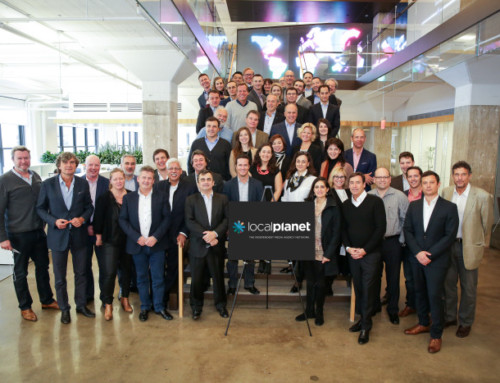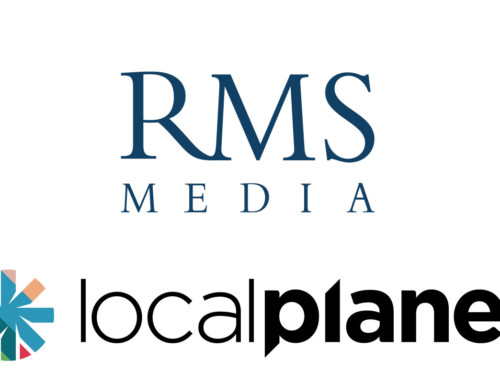Media research body Saarf is critical for media strategy
ROB SMUTS explains why Saarf is critical to our industry and why destroying it would be the biggest mistake we could make
The South African Advertising Research Foundation (Saarf) is different from the rest of the media research world. Saarf has been the envy of the international research world because many other countries have failed to develop processes and methodologies to measure media audiences in an independent way.
Saarf was launched in 1975 and what set it apart from the rest of the world were three visionary developments.

They were that Saarf:
- Established a neutral territory where all research stakeholders (media owners, advertisers and agencies) could debate how best to spend the industry’s available research funds
- Allowed the establishment of ‘currency’ surveys, which set the generally accepted audience levels of various media, thus allowing them to trade
- Promoted ‘single source’ data, where inter-media comparisons became possible.
So, what are the benefits of keeping Saarf as the industry’s arbiter of good, independent, media research?
Saarf ensures that its currency surveys are available for free to all interested parties. This means always having access to accurate currency surveys, which facilitate the buying and selling of media time and space. Also, through Saarf, agencies have free access to media and population data (it is free, mind you, because their clients have already paid for it).
Few of the current crop of marketing and advertising leaders would have known what the situation was like before Saarf, when there wasn’t industry funded and independent currency research, but instead research funded by individual media owners. In that case, you were able to read research that showed specific owners’ media in the best light. The economic imperatives make this inevitable.
Why do the research if it doesn’t yield the results for which you are paying?
That’s why Saarf exists: to manage the provision of currency surveys that allow for real comparisons of various media to enable choices to be made between media types and media within types.
There is no doubt that the emergence of online audiences is a major factor causing the current unease about media research in South Africa. Together with fragmenting TV audiences, with even more fragmentation to come when digital terrestrial television is switched on, the media landscape is dynamic and competition for audiences is fierce.
Online media opportunities have long since been necessary to complement successful media campaigns. Digital is leaching away audiences from traditional media. However, there is a lack of credible online research because there are simply too many ways of measuring these audiences and the resulting confusion is discomforting.
The result is that traditional media is now seizing every opportunity to maximise its audience in the face of the new digital challenge. Part of the strategy to overcome potential audience fallout is to gain control over one’s own media research.
We are at a crossroads. The way forward for the communications industry and its relationship with Saarf is straightforward. Saarf should remain an industry imperative, its continued existence being a top priority, ensuring the delivery of independent currency media research.
The way forward that would justify the benefits of maintaining a restructured Saarf is a joint industry committee (JIC). An independent body is required to oversee and manage independent media research and that body is Saarf. If the current structure or staffing are not suitable, these can be changed.
We must understand that once media owners gain control of their own media research destinies, research decisions will be influenced by economic imperatives. Employees take decisions to strengthen the competitive position of their employers.
Free access to Saarf data is central to how agencies strategise and plan media campaigns. Once media owners have full control over their media data, there is absolutely no reason why the data should not be sold to the industry. This will be to the detriment of media planning competencies, because access to data will become expensive and restricted.
Most senior media agency people remain wholly committed to the institution of Saarf and what it stands for, and a restructured Saarf should build on this.
If media owners do gain control over the currency surveys, then the single-source nature of the All Media and Products Survey will disappear quickly. If it’s not in a media owner’s interest to make comparisons to other media possible, why would they do it? Around the world, single source is the goal of every research-savvy country – and most have not achieved it.
We need to ensure that we retain a neutral establishment survey into which all media owner specific surveys can fuse back – allowing our industry access to neutral research, enabling inter-media comparisons to be made.
If the industry (both agencies and marketers) does not start making a real contribution to a restructured Saarf and towards the creation of an improved product, there will be no establishment survey.
This article also appears in the March 2014 issue of The Media.






